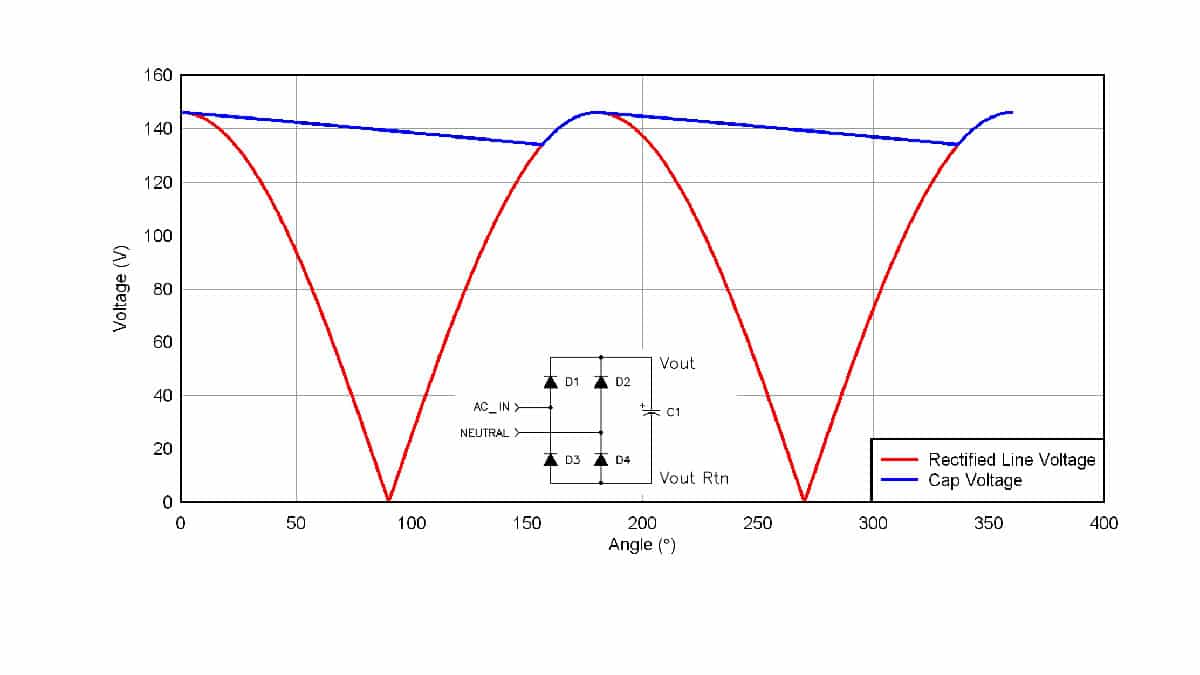Thanks for telling me this but i dont understand the chart at all, can you explain it to me , all i know is that ESR is a resistance is which capacitors have and it should as low as possible am i right in thinking that .
You have that correct. If you take a traditional electrolytic in that chart, and compare
to a polymer tant, you get two orders or more of lower reactance, hence in a bypass
situation perform much better. More critical in precision analog situations. When
you get time Bob Pease (National Semi, now part of TI), also Analog Device's ap notes,
LTC (Jim Williams), and others have a number of comments on the importance of capacitors
and their technology limitations. Also Vishay have some excellent ap notes on Tants.
A "typical" model one can design to looks like -
"Normally" you dont have to be concerned with above unless you are doing low
noise or RF type applications.
Caps are a fascinating subject area, the ongoing development in them, the newer
technologies, the extreme problems like microphonics and soakage......
If you have been . in the business long caps fascinating in their limitations and advances.
One can always learn. The engineers at Fluke, HP/Agilent, Tek and the like also have had
many challenges and inventions in this area.
As an aside you can get a Nano VNA and investigate various properties in the AC domain.
Lastly if you use ceramics in timing applications be aware of this problem -
.https://www.digikey.com/Site/Global/Layouts/DownloadPdf.ashx?pdfUrl=863968494F2E4E13BBEA65B55A358443
Regards, Dana.





